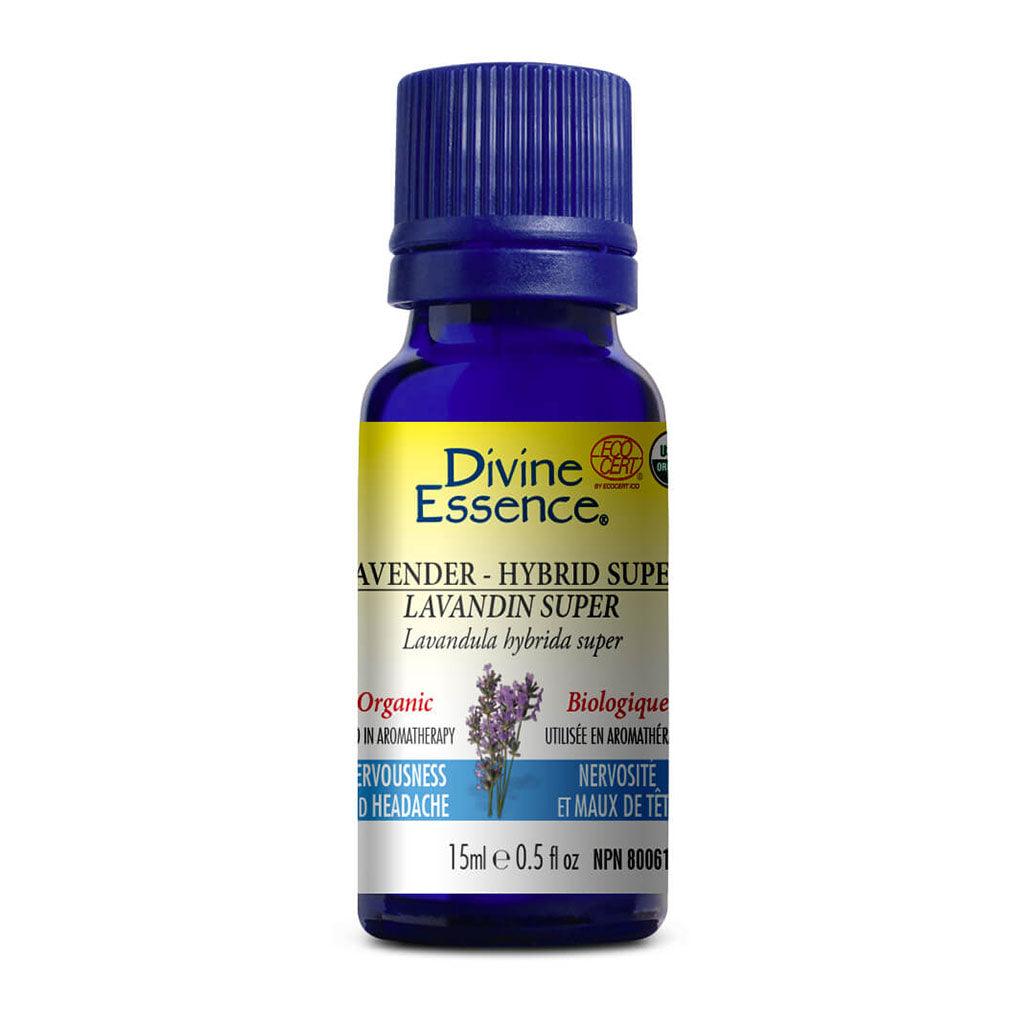
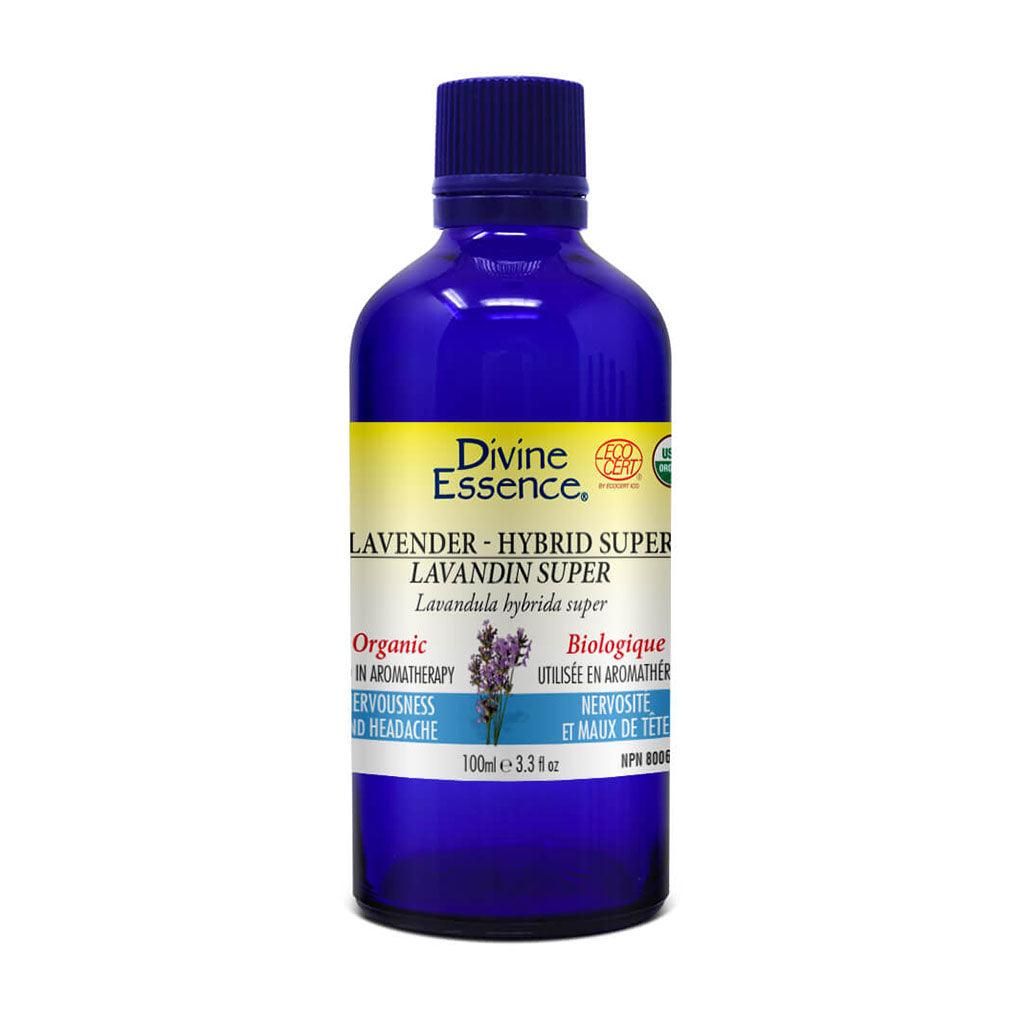
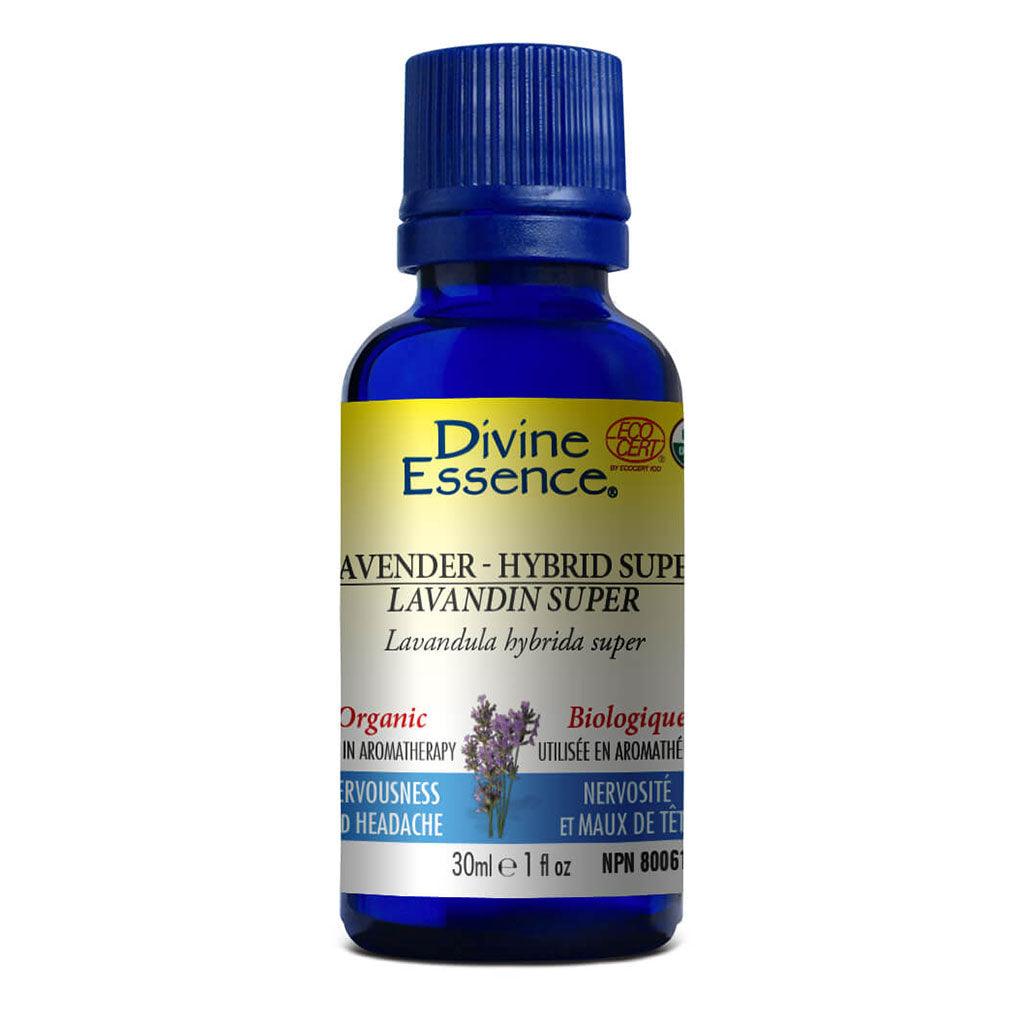
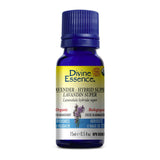
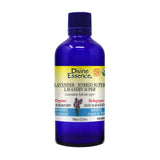
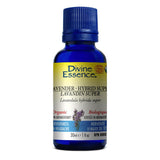
Organic Lavender Hybrid Super Essential Oil
- 10.49$
- 10.49$
- Price per unit
- by
Resulting from the hybridization of lavandula angustifolia and lavandula latifolia, lavandin has the scent and properties of both. Used in perfumeries and soap factories for its floral, camphorated scent.
- Odor: Characteristic, citrusy, slightly camphorated.
- Part: Flowering tops
- Chemotypes : Linalyl acetate, linalool, camphor
There are 35 varieties of lavender, the best known being angustifolia or officinal lavender. Lavandin super is a hybridization of lavender angustifolia and lavender aspic, and has only been around for 50 or 60 years.
Its fragrance is similar to that of lavender, though sharper and more powerful.
When distilled, it yields a greater quantity of oil than angustifolia or aspic lavender. Its biochemical profile is almost identical to that of true lavender, at a lower cost. In Egypt, lavender was used by royalty, high priests and wealthy merchants for perfuming and mummification.
Later, its popularity spread to the Greeks, Romans, French and English. Today, lavender is grown in many countries. Its complex chemical structure enables lavender or lavandin to treat a wide range of ailments.
Book extract Aromatherapy, EO from Quebec and around the worldby Michel Turbide
Chemotyped organic essential oil, 100% pure, natural and authentic.
NPN : 80061867
Botanical name : Lavandula hybrida super
Cultivation : Organic
Extraction method : Steam distillation
Plant part extracted : Flowering top
Use
Lavandin Super essential oil is used in aromatherapy to calm nerves and relieve headaches.
Related products
- From 10.49$
- From 10.49$
- Price per unit
- by
- From 10.49$
- From 10.49$
- Price per unit
- by
- From 10.49$
- From 10.49$
- Price per unit
- by
- From 10.49$
- From 10.49$
- Price per unit
- by
- From 10.49$
- From 10.49$
- Price per unit
- by
- From 10.49$
- From 10.49$
- Price per unit
- by
- From 10.49$
- From 10.49$
- Price per unit
- by
- From 10.49$
- From 10.49$
- Price per unit
- by
- From 10.49$
- From 10.49$
- Price per unit
- by
- From 10.49$
- From 10.49$
- Price per unit
- by
Recently viewed products
- From 10.49$
- From 10.49$
- Price per unit
- by
- From 10.49$
- From 10.49$
- Price per unit
- by
- From 10.49$
- From 10.49$
- Price per unit
- by
- From 10.49$
- From 10.49$
- Price per unit
- by
- From 10.49$
- From 10.49$
- Price per unit
- by
- From 10.49$
- From 10.49$
- Price per unit
- by
- From 10.49$
- From 10.49$
- Price per unit
- by
- From 10.49$
- From 10.49$
- Price per unit
- by
- From 10.49$
- From 10.49$
- Price per unit
- by
- From 10.49$
- From 10.49$
- Price per unit
- by
- Choosing a selection causes the entire page to be updated.


